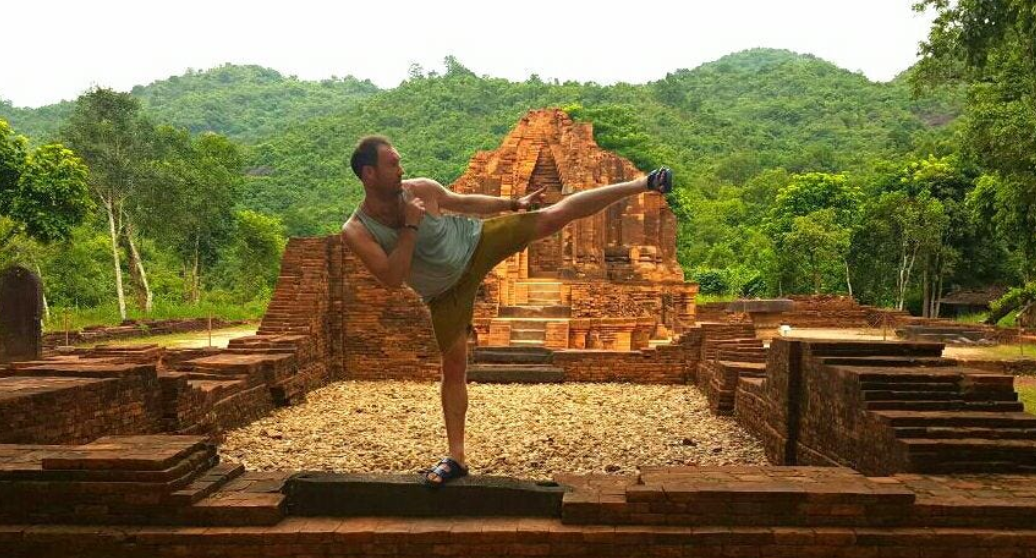Boxing is often referred to as “the sweet science” because it combines the physicality and brutality of a combat sport with the finesse and strategic thinking of a science. The term “sweet” is used to describe the smoothness and grace that skilled boxers exhibit in the ring, while “science” refers to the technical and strategic aspects of the sport.
Boxing requires a high level of skill, athleticism, and mental toughness. It involves a complex blend of offensive and defensive techniques, footwork, and body movement. A skilled boxer wearing custom boxing gloves must be able to analyze their opponent’s strengths and weaknesses, adjust their strategy in real time and execute their plan with precision.
Boxing is also known for its rich history and cultural significance. It has produced some of the greatest athletes of all time, such as Muhammad Ali, Sugar Ray Leonard, and Floyd Mayweather Jr. Boxing has also played a significant role in social and political movements throughout history, from Jack Johnson’s fight against racial injustice to Muhammad Ali’s opposition to the Vietnam War.
Basic Rules And Equipment of Boxing
Boxing is a sport that is governed by a set of rules and regulations to ensure the safety of the fighters. Here are some of the basic rules and equipment used in boxing:
-
Boxing Ring and Ropes
A boxing ring is a square platform that measures between 16 and 20 feet on each side. The ring is enclosed by four ropes, one at each side, which measure at least 1 inch in diameter.
-
Boxing Gloves and Hand Wraps
Boxers wear padded gloves that weigh between 8 and 10 ounces, depending on the weight class. Hand wraps are worn underneath the gloves to provide extra protection and support to the hands and wrists.
-
Mouthguard and Headgear
Mouthguards are worn to protect the teeth and prevent concussions, while headgear is used to protect the head and reduce the risk of cuts and bruises.
-
Scoring System and Rounds
Boxing matches are scored based on a point system, where judges award points for each punch landed. Matches are typically divided into three-minute rounds, with one minute of rest between rounds.
By understanding these basic rules and equipment, beginners can start to familiarize themselves with the fundamentals of the sport. It is important to note that there may be additional rules and regulations that vary depending on the competition or organization, so it is important to always consult the rules and regulations for each event.
Stances And Footwork with Custom Boxing Gear
-
Orthodox and Southpaw Stances
Boxers typically adopt one of two stances: orthodox or southpaw. In the orthodox stance, the boxer’s left foot is forward and the right foot is back, with the left shoulder facing forward. In the southpaw stance, the boxer’s right foot is forward and the left foot is back, with the right shoulder facing forward.
-
Importance of Footwork in Boxing
Footwork is crucial in boxing, as it enables the boxer to move around the ring and position themselves for offensive and defensive maneuvers. Boxers use a variety of footwork techniques, including pivoting, shuffling, and bouncing.
-
Basic Footwork Drills
Basic footwork drills can help beginners develop their footwork skills. One common drill is to stand in front of a mirror and practice moving around the ring, shifting weight between feet, and pivoting on the balls of the feet. Another drill is to use cones or markers to create a circuit and practice moving around it with different footwork techniques.
Punches And Combinations
- Punches and combinations are the bread and butter of boxing. Here are some of the basic punches and combinations that every beginner should learn:
- Jab: The jab is a quick, straight punch that is thrown with the lead hand. It is used to set up other punches and to keep the opponent at bay.
- Cross: The cross is a straight punch thrown with the rear hand. It is a powerful punch that is often used to finish combinations.
- Hook: The hook is a semi-circular punch thrown with either hand. It is used to attack the opponent’s body or head from the side.
- Uppercut: The uppercut is an upward punch thrown with either hand. It is used to attack the opponent’s chin or body from close range.
- Basic Combinations: Basic combinations involve stringing together two or three punches in a sequence. For example, a common combination is the jab-cross-hook, where the boxer throws a jab with the lead hand, a cross with the rear hand, and a hook with the lead hand.
- Advanced Combinations: Advanced combinations involve stringing together four or more punches in a sequence. These combinations require more skill and coordination, and may involve different types of punches and footwork.
Wrapping it Up
Boxing is a complex sport that requires skill, discipline, and dedication. By understanding the basics of the mental game, rules and equipment, stances and footwork, and punches and combinations, beginners can start to develop their technique and improve their performance in the ring. However, mastering boxing with custom boxing outfit takes time and practice, and it is important to work with a qualified coach or trainer to ensure proper technique and safety. With the right mindset, training, and technique, anyone can become a skilled boxer and enjoy the benefits of this challenging and rewarding sport.
Read also more information

